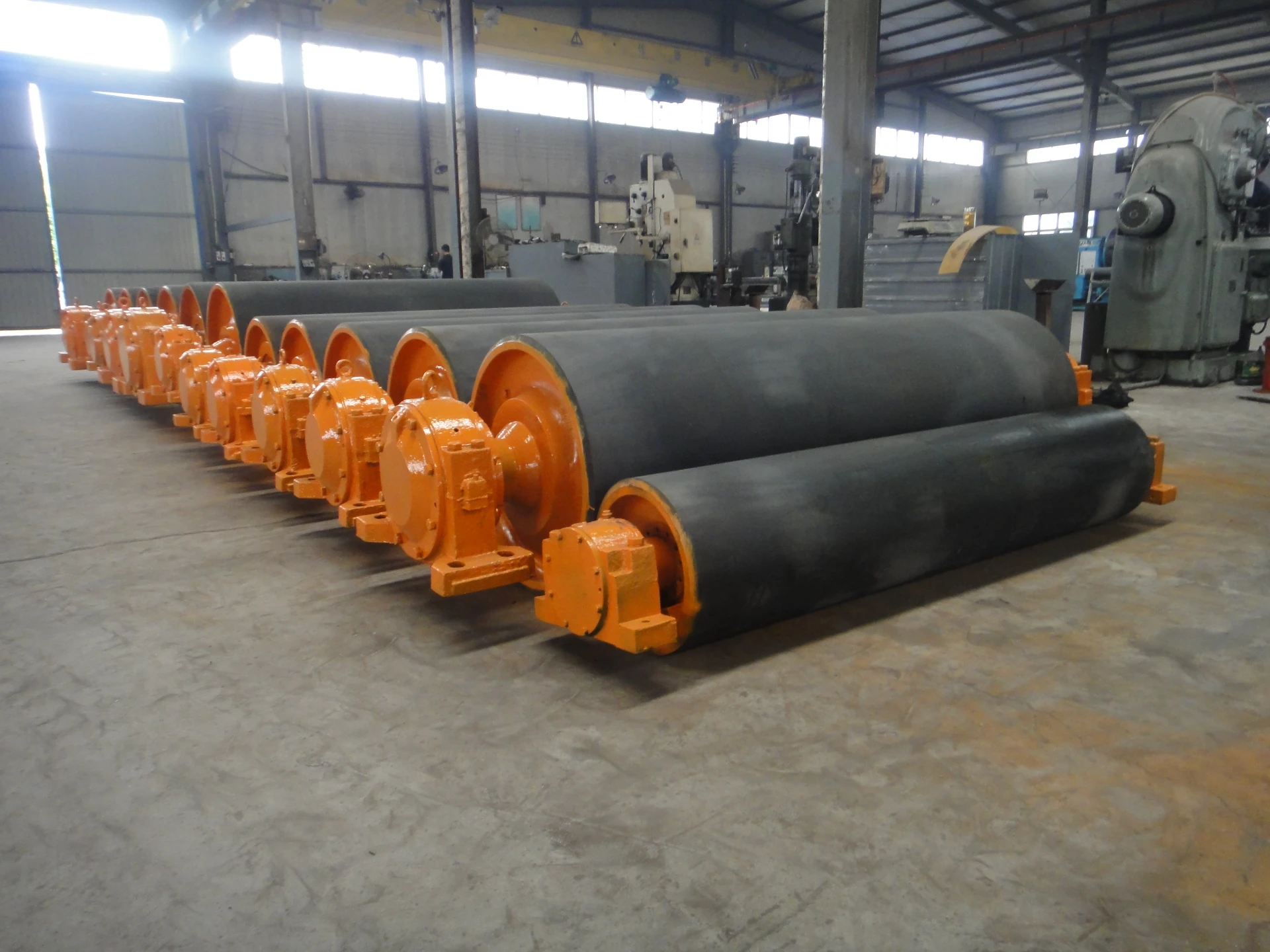 Afrikaans
Afrikaans  Albanian
Albanian  Amharic
Amharic  Arabic
Arabic  Armenian
Armenian  Azerbaijani
Azerbaijani  Basque
Basque  Belarusian
Belarusian  Bengali
Bengali  Bosnian
Bosnian  Bulgarian
Bulgarian  Catalan
Catalan  Cebuano
Cebuano  Corsican
Corsican  Croatian
Croatian  Czech
Czech  Danish
Danish  Dutch
Dutch  English
English  Esperanto
Esperanto  Estonian
Estonian  Finnish
Finnish  French
French  Frisian
Frisian  Galician
Galician  Georgian
Georgian  German
German  Greek
Greek  Gujarati
Gujarati  Haitian Creole
Haitian Creole  hausa
hausa  hawaiian
hawaiian  Hebrew
Hebrew  Hindi
Hindi  Miao
Miao  Hungarian
Hungarian  Icelandic
Icelandic  igbo
igbo  Indonesian
Indonesian  irish
irish  Italian
Italian  Japanese
Japanese  Javanese
Javanese  Kannada
Kannada  kazakh
kazakh  Khmer
Khmer  Rwandese
Rwandese  Korean
Korean  Kurdish
Kurdish  Kyrgyz
Kyrgyz  Lao
Lao  Latin
Latin  Latvian
Latvian  Lithuanian
Lithuanian  Luxembourgish
Luxembourgish  Macedonian
Macedonian  Malgashi
Malgashi  Malay
Malay  Malayalam
Malayalam  Maltese
Maltese  Maori
Maori  Marathi
Marathi  Mongolian
Mongolian  Myanmar
Myanmar  Nepali
Nepali  Norwegian
Norwegian  Norwegian
Norwegian  Occitan
Occitan  Pashto
Pashto  Persian
Persian  Polish
Polish  Portuguese
Portuguese  Punjabi
Punjabi  Romanian
Romanian  Russian
Russian  Samoan
Samoan  Scottish Gaelic
Scottish Gaelic  Serbian
Serbian  Sesotho
Sesotho  Shona
Shona  Sindhi
Sindhi  Sinhala
Sinhala  Slovak
Slovak  Slovenian
Slovenian  Somali
Somali  Spanish
Spanish  Sundanese
Sundanese  Swahili
Swahili  Swedish
Swedish  Tagalog
Tagalog  Tajik
Tajik  Tamil
Tamil  Tatar
Tatar  Telugu
Telugu  Thai
Thai  Turkish
Turkish  Turkmen
Turkmen  Ukrainian
Ukrainian  Urdu
Urdu  Uighur
Uighur  Uzbek
Uzbek  Vietnamese
Vietnamese  Welsh
Welsh  Bantu
Bantu  Yiddish
Yiddish  Yoruba
Yoruba  Zulu
Zulu rubber lagging pulley
Understanding Rubber Lagging for Pulleys
In various industrial applications, pulleys are vital components that facilitate the movement of materials and equipment. They are employed in conveyor systems, cranes, and numerous other machinery. One essential aspect of enhancing the performance and longevity of these pulleys is the use of rubber lagging. This article explores the importance of rubber lagging for pulleys, its benefits, applications, and considerations for maintenance.
What is Rubber Lagging?
Rubber lagging is a protective layer made of rubber that is applied to the surface of a pulley. It serves multiple purposes, primarily aimed at improving traction, reducing wear, and extending the life of both the pulley and the conveyor belt. The rubber material used can vary in hardness and texture, depending on the specific requirements of the application it is intended for.
Benefits of Rubber Lagging
1. Improved Traction One of the primary benefits of rubber lagging is its ability to enhance the grip between the pulley and the conveyor belt. This increased traction reduces the likelihood of slippage, especially in conditions where material movement is critical. By maintaining a strong connection, rubber lagging ensures efficient operation, particularly in heavy load applications.
2. Reduced Wear and Tear The presence of rubber lagging helps to minimize wear on the pulley itself. The soft elastomeric properties of rubber absorb impacts and vibrations that would otherwise lead to surface degradation. This reduction in wear prolongs the life of both the pulley and the connected belt, leading to lower maintenance costs and downtime.
3. Protection Against Environmental Factors Rubber lagging provides an additional layer of protection against environmental factors such as moisture, dirt, and chemicals. This shielding prevents corrosion and damage to the metal components of the pulley, ensuring optimal performance even in harsh operating conditions.
4. Noise Reduction Another significant advantage of rubber lagging is its noise-absorbing characteristics. The flexibility and density of the rubber help to reduce vibration and noise generated during operation, contributing to a quieter working environment.
rubber lagging pulley

5. Enhanced Safety With improved traction and reduced wear, rubber lagging contributes to safer operations. A well-functioning pulley system decreases the risk of material spills or accidents that could arise from slippage or failure of the components.
Applications of Rubber Lagging
Rubber lagging is prevalent in many industries, including mining, construction, manufacturing, and logistics. In mining operations, for instance, rubber lagging is essential for the reliability of conveyor systems that transport heavy materials like coal, ore, and aggregate. In manufacturing settings, it aids in safe and efficient material handling processes.
Additionally, rubber lagging is used in applications involving food processing and pharmaceuticals, where hygiene and contamination prevention are paramount. In such contexts, specialized rubber compounds that meet safety standards are employed to ensure compliance with health regulations.
Maintenance Considerations
While rubber lagging extends the life of pulleys, regular maintenance is still crucial. Inspecting the lagging periodically for signs of wear, peeling, or damage helps identify issues before they escalate. Proper cleaning techniques should also be employed to remove debris that could affect performance. If damage is identified, timely repairs or replacements should be undertaken to maintain the efficiency and safety of the system.
Conclusion
In summary, rubber lagging for pulleys is an indispensable component in enhancing the functionality and durability of mechanical systems across various industries. By improving traction, reducing wear, and offering protection against environmental elements, it plays a critical role in ensuring that machinery operates smoothly and safely. Understanding its benefits and maintaining it properly can lead to significant cost savings and increased operational efficiency. As industries continue to evolve, the integration of advanced materials and technologies will further enhance the performance of rubber-lagged pulleys, setting new standards for reliability and safety in industrial applications.
-
Revolutionizing Conveyor Reliability with Advanced Rubber Lagging PulleysNewsJul.22,2025
-
Powering Precision and Durability with Expert Manufacturers of Conveyor ComponentsNewsJul.22,2025
-
Optimizing Conveyor Systems with Advanced Conveyor AccessoriesNewsJul.22,2025
-
Maximize Conveyor Efficiency with Quality Conveyor Idler PulleysNewsJul.22,2025
-
Future-Proof Your Conveyor System with High-Performance Polyurethane RollerNewsJul.22,2025
-
Driving Efficiency Forward with Quality Idlers and RollersNewsJul.22,2025





























